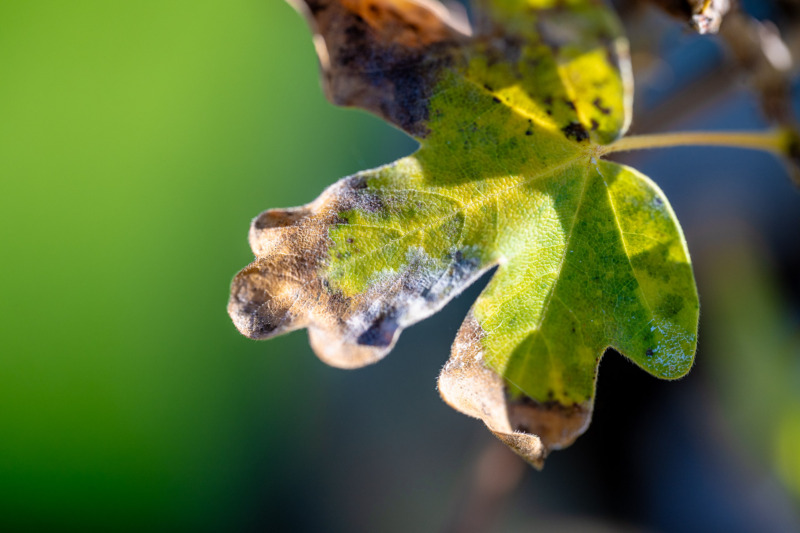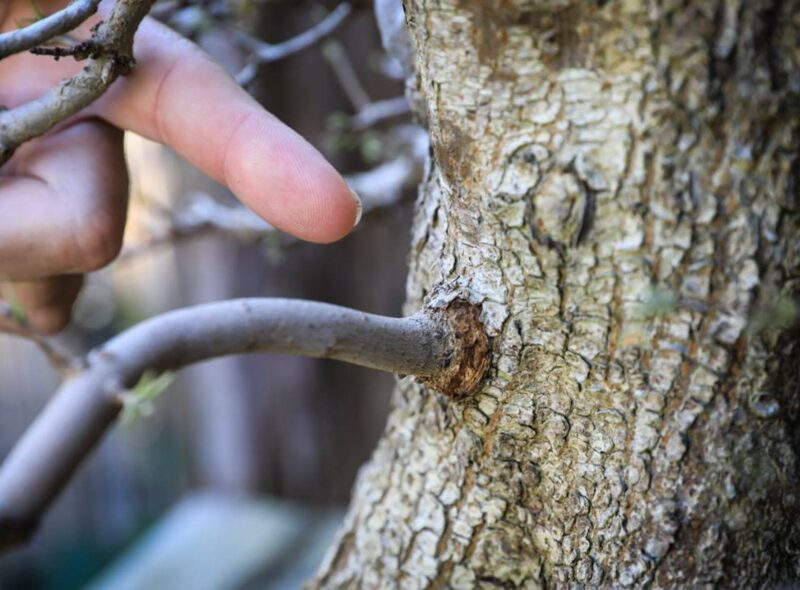Categories
Tags

This rule of thumb says “always water when the soil surface is completely dry”. Then water until the water drains out of the tray or container opening. It is also possible to submerge a bonsai. This involves placing the bonsai pot halfway up in a container of water and leaving the bonsai in it until the soil above the pot holes is saturated with water. However, this method should only be used if the bonsai is in a very dense substrate. This ensures that the root ball is fully supplied with water. Some specialist books say that you should place the bonsai pot in a water-filled container up to the rim and wait until no air bubbles appear. Unfortunately, this has the disadvantage of washing out the soil, so you should choose the first method if you want to submerge the bonsai.
As a general rule, soft water should be used for watering, rainwater would of course be best, 5-10dH.
The water is measured in carbonate hardness: dH. Unfortunately, not everyone has the opportunity to collect rainwater and you are forced to use tap water. Tap water is not of the same quality everywhere, sometimes it is too hard for the bonsai (lime) and has too high a salt concentration (nitrates, nitrites).
In such a case, the tap water is only used when it is stagnant. The tap water is left to stand in a bucket or other container for at least one day. 0-5dH very soft, 5-10dH soft, 10-15dH moderately hard, 15-20dH medium hard, 20-30dH hard.
The alkaline earth salts dissolved in the water (magnesium, calcium, strontium and barium salts) form the total hardness of the water. Most natural waters only contain calcium and magnesium compounds.
The total hardness is therefore the sum of the carbonate hardness (content of calcium compounds) and the non-carbonate hardness (content of magnesium compounds). It is often given in the form of “German degrees of hardness” (abbreviation also used in the text = °dH).”

Category
Editor

Category
Editor

Category
Editor